Sunday Scroll: Call the amateurs
From The GIST (hi@thegistsports.com)

Leveling The Playing Field
Welcome to the Thunderdome!
And to The GIST’s Sunday Scroll, where we dive deep into one timely sports topic.
The WNBA’s training camps start today, shining a light on the gap between this month’s feverish draft hype and the reality of the league’s limited roster space. Sharpen your elbows, then dive in.


— WNBA commissioner Cathy Engelbert on Caitlin Clark Fever and capitalizing on the big-name collegiate stars who will make their W debut in just over two weeks.
✂️ Training camps or tryouts?
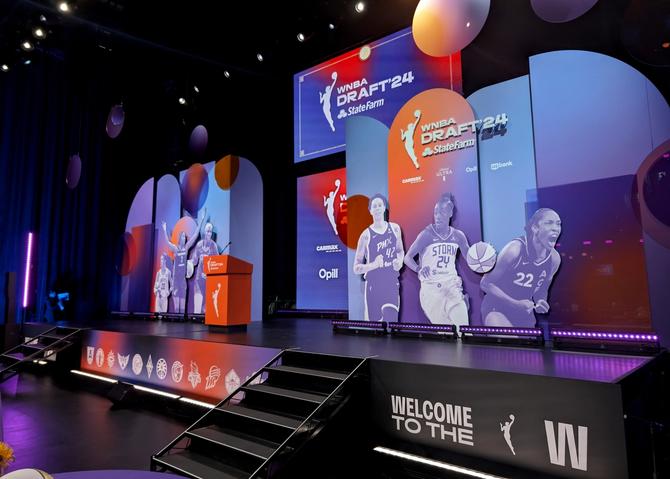
Before the W season tips off on May 14th, there’s preseason — and before preseason, there’s training camp. For experienced pros, each team’s camp provides a chance to jell with new and old teammates and get back into the swing of things.
- But, for recently drafted rookies and older, unaffiliated players who receive training camp contracts, these are high-stakes tryouts. While they sign on to practice with the team through preseason, an official WNBA debut is far from guaranteed.
As many as 18 players might sign camp contracts with a team. The club must then whittle that number down to the league-required roster size — at least 11 but no more than 12 players — before the regular season starts.
- The process can be brutal for ballers on the bubble. Even LSU alum and No. 7 overall pick Angel Reese is nervous.
In a typical year, less than half of newly drafted players suit up for their draft team. Only 15 of the 36 women who heard their name called at last year’s draft made a W team roster, while fan favorites like Iowa alum Monika Czinano were waived and sought pro opportunities overseas.
- Even players who made previous years’ rosters aren’t safe. For example, South Carolina alum and 2022 draftee Destanni Henderson spent a year with the Indiana Fever before being cut in May 2023, and she hasn’t found a permanent home in the league since.
- When a player is waived, she can sign with other interested teams — in fact, many land short-term contracts to sub for injured stars across the league. But with only 144 roster spots available, even those glimpses of floor time are hard to come by.
🪴 Solution 1: Player development
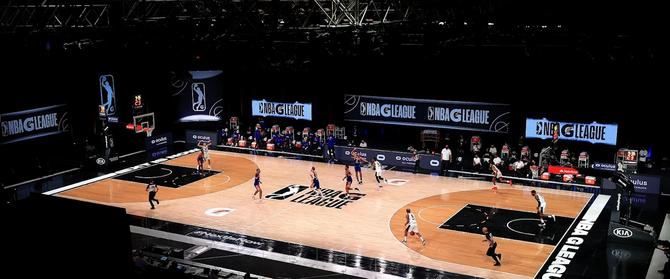
There’s an abundance of pro-level talent than the W has room for, which can make training camps a cutthroat process. Even among other pro leagues, the W is especially hard to break into, and fans are desperate for a solution. So how do other leagues keep potential stars from the cutting room floor?
Pro baseball has a robust development system: the minor leagues. It’s exceedingly rare to jump straight from the draft to the show — almost everyone spends time in the minors, even big-name MLB players who just need a reset when their game is off.
- The NHL has its own minor leagues, the AHL and ECHL, and many young players work their way through this “farm system.” But pro hockey also has a unique rule allowing drafted athletes to remain amateurs and sharpen their skills at the collegiate level. Smart.
The NFL doesn’t have a minor league, but there are alternative football leagues like the XFL angling to take on that role. Still, NFL teams can retain promising talent by signing them to practice squads, keeping them within the league’s orbit while giving them valuable reps against the game’s best.
But what’s a realistic solution for the W? Probably something like the NBA’s G League. Each NBA team has an associated minor league squad that (hopefully) helps develop tomorrow’s pro talent.
- While the cream of the crop usually go straight to an NBA roster, plenty of stars have come up through the system. Look no further than the Indiana Pacers Pascal Siakam.
Together With The GIST
🔥 The power of hiring women
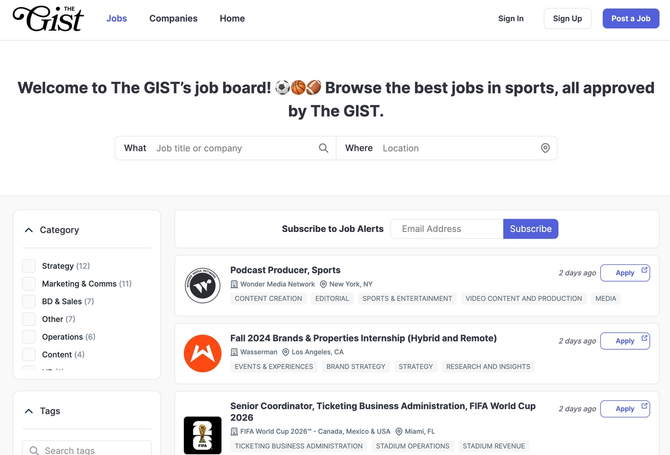
Hiring? The GIST’s job board is your one-stop shop for sharing your open roles with women and nonbinary folks in the game.
Recruiting diverse candidates into the industry is one of the best ways to level the playing field. When you post your opportunities on the job board, you reach our unique GIST community that’s committed to changing the game.
↗️ Solution 2: Expansion
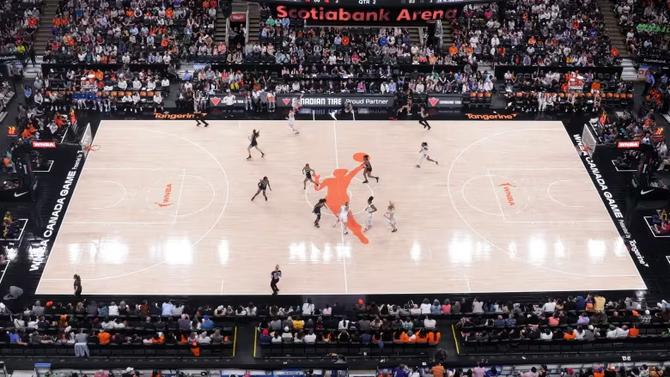
But while a development league would partially stop the talent-bleed, there’s one potential solution to the W’s roster shortages: expansion.
- The WNBA hasn’t added a new team since 2008: The league started in 1997 with eight teams and peaked between 2000 and 2002 with 16. However, many of those teams folded or were forced to move cities, making the league apprehensive about growing again.
- By 2010, the number of teams contracted to 12 and hasn’t budged since, leaving the growing fan base hungry for more.
There’s a lot of layers when it comes to expansion. But one key is increasing current teams’ valuation, which would encourage new owners to invest in expansion clubs. And there’s been great news on that front recently: The Seattle Storm announced last year that they’re valued at $151M, about 15 times more (!!!) than their previous mark, with the Chicago Sky just behind at $85M.
New teams means more roster spots, which means fewer drafted players shut out of the league and fewer training camps that resemble The Hunger Games.
- For athletes on the bubble like Iowa alum and Caitlin Clark’s partner-in-hoops, fan fave Kate Martin, that could be the difference between playing in Las Vegas and Budapest, Hungary. Just peep the comments on the Aces’ post about her, and you’ll see why the W is looking to make moves.
📈 What’s next
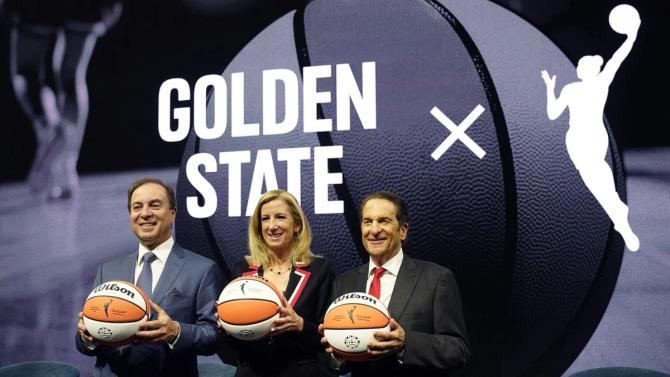
League leadership has clearly been listening to its fan base: Next season, the W is adding its first expansion team in 17 years, a Bay Area sister team to the NBA’s Golden State Warriors. And commissioner Cathy Engelbert recently announced a goal to add three more teams by 2028, bringing the total number back to 16.
- These four total expansion squads would create up to 48 more roster spots, just in time for the NCAA’s talent-packed incoming freshman class to head to the draft. The future is bright.
If there were ever a time for the league to invest in growth (and in its young talent), it’s now. The women’s collegiate game is more popular than ever thanks to superstars like the two-time reigning Naismith College Player of the Year, the aforementioned Clark, and that momentum is translating to the WNBA — making this season a massive opportunity.
- The W’s media rights valuation is also going up, up, up, meaning more money and resources for the league and teams to market their players. The country’s ready to fall in love with the league — time to ride this rocket ship to the moon.
Peep our squad’s MVPs (Most Valuable Picks):
🌎 Where to invest in women’s sports
Everywhere, but especially in the top candidate cities for WNBA expansion. Engelbert specifically mentioned six spots, including Philadelphia, Portland, Toronto, and Nashville. Dreaming up team names now…
🍁 Who’s trying out
Besides the rookies at training camp? The women’s hoops fans of Toronto, who are hoping to convince the league to expand to Canada at next weekend’s second annual WNBA Canada game.
⏱️ What you’ll have to wait for
A Caitlin Clark Indiana Fever or Angel Reese Chicago Sky jersey. Both sold out at team stores within a week of the draft, yet another sign that the W is about to be the moment.
✔️ What to subscribe to
Our women’s sports business newsletter, which will be covering the WNBA’s big money moves this season and beyond. You’ll be the most informed fan at the water cooler, no doubt about it.
Today's email was brought to you by Katie Kehoe Foster. Editing by Lisa Minutillo. Fact-checking by Molly Potter. Operations by Marga Sison. Ads by Katie Kehoe Foster, Lauren Tuiskula and Dee Lab. Managing edits by Ellen Hyslop.